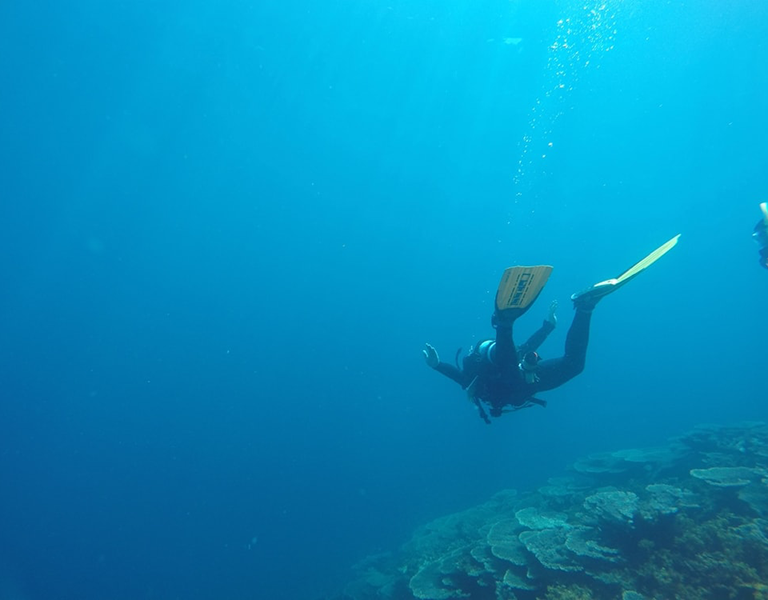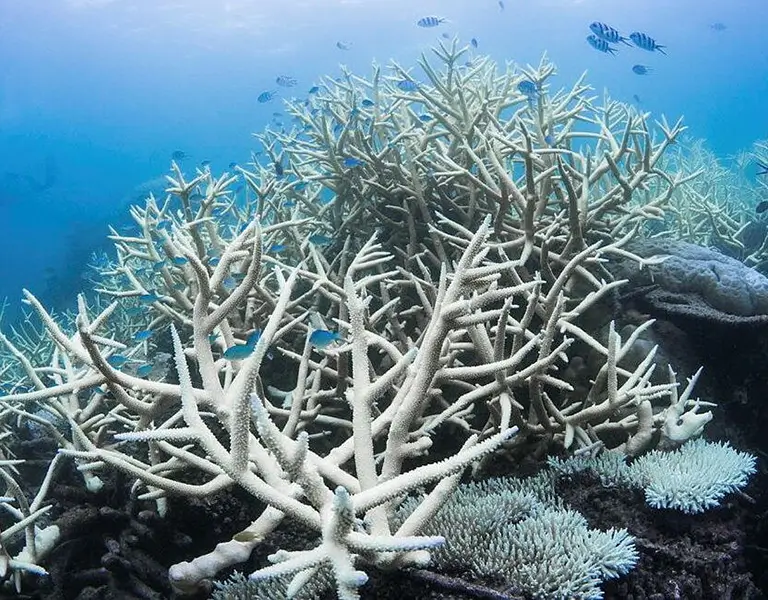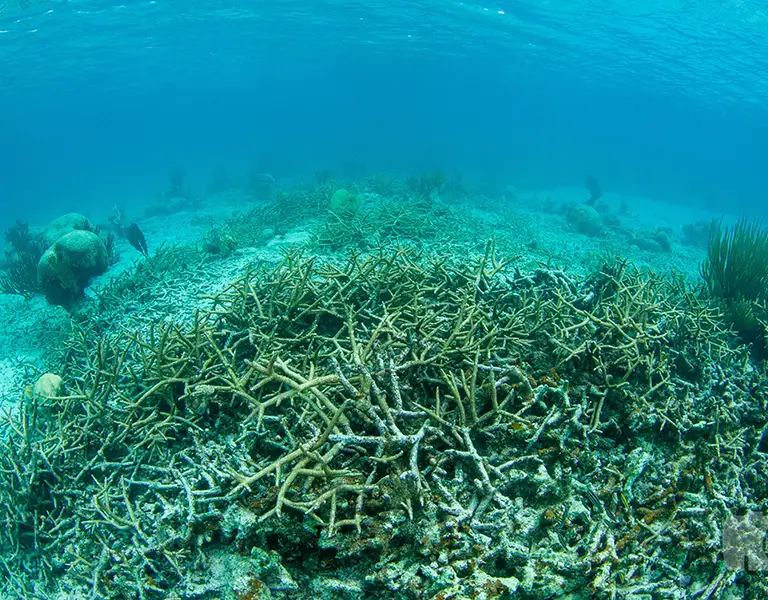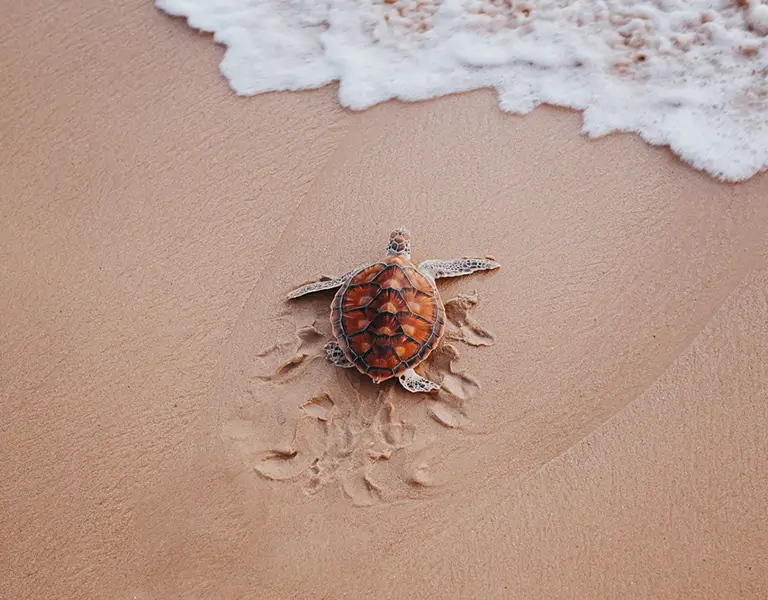Conservation finance represents one of our most powerful tools for bridging the critical gap between environmental needs and available funding. With biodiversity loss accelerating and climate change intensifying, innovative financial mechanisms are transforming preservation from a cost center into an investment opportunity1. These approaches mobilize public and private capital to protect natural ecosystems at unprecedented scale.
Key Takeaways
- Conservation finance mobilizes $102 billion annually through innovative funding mechanisms that blend public and private capital for environmental protection 2
- Debt-for-nature swaps have generated over $1 billion for preservation, with recent deals reaching $1.6 billion in Ecuador and $553 million in Belize3
- Four main funding categories drive conservation projects: government grants, charitable donations, revenue, and private sector investment
- The biodiversity financing gap averages $711 billion annually, requiring innovative approaches to close this critical shortfall by 2030
- Conservation trust funds and blended funding create sustainable financing streams that support protected areas and ecosystem restoration initiatives4
Understanding Conservation Finance
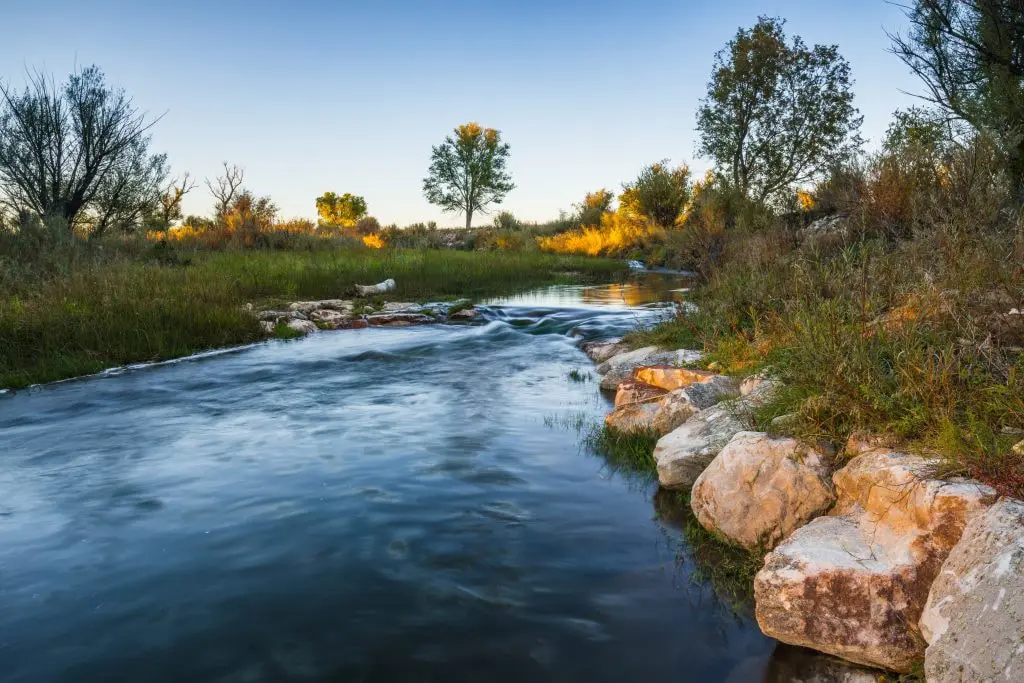
Conservation finance addresses the massive funding gap threatening global biodiversity. We need between US$ 722-967 billion each year over the next ten years to reverse the decline in biodiversity by 2030, yet the biodiversity financing gap averages US$ 711 billion5. This field transforms environmental protection into profitable investments that benefit both people and planet.
Public grants currently make up 80% of conservation funding, but market-based models are also needed to fill this gap. Conservation finance fills this void by attracting private finance, creating revenue-generating preservation projects, and establishing sustainable financing mechanisms that recognize natural resources as valuable assets requiring strategic investment..
The Conservation Finance Network
The Conservation Finance Network (CFN) advances land and resource preservation by expanding the use of innovative and effective funding and financing strategies6. This global network facilitates knowledge sharing, develops best practices, and creates partnerships between diverse stakeholders from multilateral development banks to local NGOs.
CFN is fortunate to count over 650 alumni since 2007 from their Conservation Finance Boot Camp, demonstrating growing demand for conservation finance expertise. Professional development remains central to network success, with practitioners returning equipped with tools and connections that advance conservation financing globally.
Conservation Trust Funds
Conservation Trust Funds (CTFs), often called Environmental Funds in Latin America and Africa, are legally independent institutions that provide sustainable financing for biodiversity conservation. These funds mobilize resources from diverse sources and direct them strategically to preservation activities through systematic grant-making processes7.
CTFs create financial stability by providing predictable, multi-year funding commitments while reducing transaction costs. The endowment model allows organizations to invest principal amounts while using returns to fund ongoing preservation activities, creating perpetual financing streams. Modern CTFs incorporate performance-based funding tied to measurable conservation outcomes.
Conservation Projects and Financing
Conservation projects funded through innovative finance span marine protection to forest restoration. Our goal is to protect five percent of the world’s ocean area by 2025 — while ensuring the sustainable management of fisheries and ocean resources. Marine conservation benefits from blue bonds and ocean-focused financing that fund protected area establishment and sustainable fisheries management8.
Successful preservation projects combine multiple funding sources including upfront grants, ongoing operational funding through trust distributions, and revenue generation through sustainable enterprises. The most innovative projects create positive feedback loops where conservation success generates additional financing for continued protection efforts.
Carbon Finance

Carbon finance has emerged as a powerful tool financing preservation projects that address ecological degradation and climate change simultaneously. Protecting and restoring Earth’s forests, grasslands, wetlands and coastal areas is one of the most immediate and cost-effective ways to fight climate change9.
Carbon markets allow landowners and conservation organizations to generate revenue by protecting carbon-rich ecosystems. Grassland carbon markets may be small, but they provide a way to fund the protection of ranchlands while sequestering carbon. High-quality projects require rigorous measurement and verification systems ensuring claimed climate benefits are real and permanent.
Government Grants

Government grants form the backbone of conservation capital, providing essential financing for protected area management and capacity building. However, government financing faces increasing pressure from competing priorities. The US government, a long-time investor in projects to conserve nature and efforts to combat wildlife trafficking, abruptly paused all of its foreign assistance financing in January 2025.
Strategic use of government grants involves leveraging public financing to attract private investment through blended commerce approaches10. The most effective programs create enabling environments by supporting institutional development and regulatory frameworks that facilitate private sector engagement in conservation efforts.
Climate Change and Conservation Finance
Protecting natural ecosystems could deliver nearly a third of the global emissions reductions needed to avoid the worst effects of climate change, yet nature-based solutions receive only 3 percent of global climate financing11. This gap represents both challenge and opportunity for conservation finance models.
Climate-smart conservation investments generate multiple benefits including carbon sequestration, ecosystem restoration, biodiversity conservation, and community economic development. Coastal preservation projects protect coral reefs and mangroves providing storm protection, fisheries support, carbon storage, and biodiversity maintenance.
Forest Service Partnerships
National park services play crucial roles by managing public lands and implementing conservation programs. These agencies increasingly partner with private organizations to leverage additional financing for forest protection and restoration through collaborative arrangements.
Sustainable forestry certification programs create market premiums for responsibly managed forest products, providing economic incentives for conservation-oriented management practices12. park services employ conservation finance projects supporting sustainable management that balances conservation, recreation, and resource extraction objectives.
Debt-for-Nature Swaps
Since 1987, debt-for-nature agreements have generated over US$1 billion for conservation in developing countries. Recent transactions demonstrate growing scale and sophistication. We have seen them increase in number and size in recent years, including in Belize (US$553 million, 2021), Ecuador (US$1.6 billion, 2023), Gabon (US$500 million, 2023) and El Salvador (US$1 billion, 2024).
Debt-for-nature swaps (DFNs) are debt restructuring tools aimed at refinancing part of a country’s debt at lower relative interest rates in return for a commitment to spend a portion of savings on nature conservation13. In 2021, a $364 million debt-conversion deal with The Nature Conservancy enabled Belize to reduce its debt by about 12% of GDP, while unlocking an estimated $180 million in long-term sustainable conservation funding over 20 years.
Blended Finance
Blended commerce strategically combines public, philanthropic, and private capital to achieve conservation objectives while generating financial returns. This approach addresses reality that many preservation projects cannot attract purely commercial investment due to risk profiles or return expectations.
Effective structures carefully allocate risks and returns among investor types based on capabilities and objectives. Public and philanthropic funders might accept lower returns to enable private participation through mechanisms like first-loss provisions and loan guarantees.
Conservation Trust Innovation
Conservation organizations serve as institutional vehicles implementing diverse capital strategies. These organizations combine governance structures of financial institutions with mission focus of conservation organizations, operating sophisticated investment portfolios and managing diverse revenue streams.
Contemporary trusts experiment with impact investing, revenue generation, and commercial partnerships. These approaches diversify revenue streams and reduce dependence on traditional grants while serving as intermediaries packaging conservation investments for institutional investors.
Earned Income
Conservation projects can be monetised to unlock new financing streams. For example, national parks might charge entrance fees, while forests might use sustainable logging methods to safely harvest and sell timber. This transforms conservation from cost center into revenue-generating activity becoming self-sustaining over time.
Ecotourism generates revenue through visitor fees and services while financing conservation activities. Marine projects generate tourism revenue through dive operations and educational programs. Social enterprises create employment for local communities while advancing preservation objectives, ensuring benefits are shared equitably.
Four Categories of Conservation Finance
The four categories of conservation capital include government aid, charitable grants and donations, cashflows (revenue) from conservation projects, and for-profit investment. Understanding these categories helps practitioners develop comprehensive financing strategies leveraging multiple sources.
Each category serves different purposes involving different stakeholders, risk profiles, and return expectations. Successful strategies typically combine elements creating robust and sustainable financing structures with synergies between categories.
Conclusion
Conservation capital has evolved into an essential tool for addressing global environmental challenges. With mechanisms ranging from debt-for-nature swaps to CTFs, this field demonstrates environmental protection can be both impactful and financially sustainable.
The urgency of ecological degradation demands continued innovation combining public and private capital, leveraging market mechanisms, and creating sustainable revenue streams. Success requires collaboration across the conservation capital network, ongoing innovation, and commitment ensuring preservation benefits reach communities and ecosystems needing them most.
About Coral Vita
Coral Vita is a mission-driven company dedicated to restoring our world’s dying and damaged reefs. Using innovative land-based farming techniques, Coral Vita grows diverse and resilient corals in months instead of the decades they take in nature. These corals are then transplanted into threatened reefs, helping to preserve ocean biodiversity while protecting coastal communities that depend on healthy reefs for protection, food, and income.
Founded by environmental entrepreneurs Sam Teicher and Gator Halpern, Coral Vita’s high-tech coral farms incorporate breakthrough methods to restore reefs in the most effective way possible. In 2021, the company was recognized as the inaugural winner of Prince’s William’s Revive Our Oceans Earthshot Prize Winner for their pioneering work in coral restoration.
To learn more about Coral Vita’s work or to get involved in coral reef conservation efforts, visit their website at www.coralvita.co or contact them directly through their Contact Us page.
FAQ
What is conservation finance and how does it work?
Conservation capital combines traditional grants with innovative financial mechanisms to protect natural ecosystems. It creates economic incentives through tools like payments for ecosystem services, carbon credits, and debt-for-nature swaps.
How do debt-for-nature swaps benefit developing countries?
Debt-for-nature swaps allow countries to reduce debt burdens while increasing preservation investments. Countries restructure expensive debt at lower rates in exchange for committing savings to environmental protection.
What are conservation trust funds and why are they important?
Conservation organization funds provide sustainable financing for biodiversity preservation by mobilizing assets from diverse sources. They create long-term, predictable financing enabling effective preservation planning and implementation.
How can private investors participate in conservation finance?
Private investors participate through impact investing, green bonds, blended commerce mechanisms, and preservation enterprises generating both financial returns and environmental benefits while helping close preservation capital gaps.
References
- https://www.unepfi.org/themes/ecosystems/trends-and-innovations-in-nature-finance-what-to-look-out-for-in-2025/ ↩︎
- https://www.conservationfinancenetwork.org/ ↩︎
- https://www.ifaw.org/international/journal/conservation-finance ↩︎
- https://www.unepfi.org/themes/ecosystems/trend-report-nature-finance-looking-ahead-to-2025/ ↩︎
- https://www.paulsoninstitute.org/conservation/financing-nature-report/ ↩︎
- https://www.nature.org/en-us/what-we-do/our-insights/perspectives/debt-for-nature-lifeline/ ↩︎
- https://www.weforum.org/stories/2024/04/climate-finance-debt-nature-swap/ ↩︎
- https://www.carbonbrief.org/qa-can-debt-for-nature-swaps-help-tackle-biodiversity-loss-and-climate-change/ ↩︎
- https://en.wikipedia.org/wiki/Debt-for-nature_swap ↩︎
- https://www.undp.org/future-development/signals-spotlight-2023/new-wave-debt-swaps-climate-or-nature ↩︎
- https://www.thegef.org/newsroom/publications/how-conservation-trust-funds-are-driving-progress-nature ↩︎
- https://www.nature.org/en-us/about-us/who-we-are/how-we-work/finance-investing/naturevest/ ↩︎
- https://www.conservation.org/priorities/innovations-in-finance ↩︎




